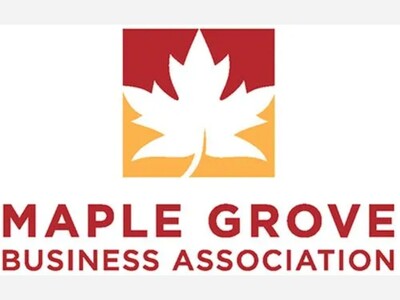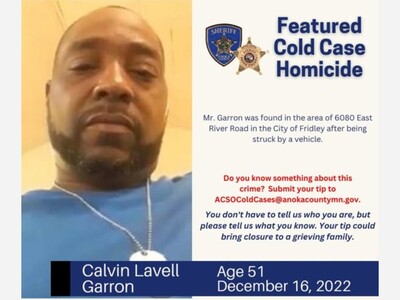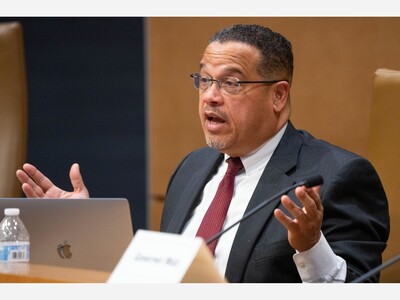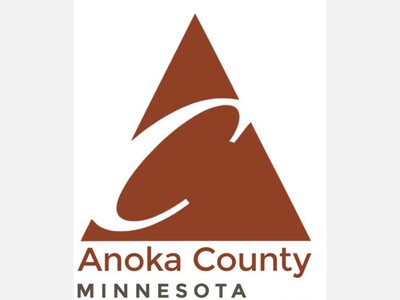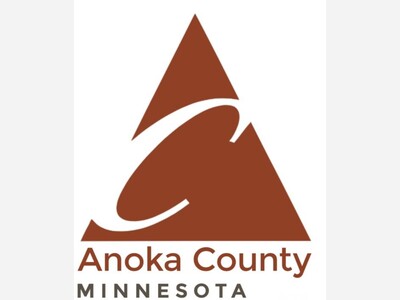Minnesota Unveils Enhanced DWI Dashboard For Public Use To Combat Impaired Driving
Minnesota Unveils Enhanced DWI Dashboard For Public Use To Combat Impaired Driving
In a move aimed at fostering greater awareness and inspiring preemptive action, Minnesota's Bureau of Criminal Apprehension has released a more comprehensive version of its DWI Dashboard to the public. This interactive tool, which plots DWI-related arrests and crashes across the state, is expected to serve both law enforcement and Minnesotans in a bid to curb impaired driving incidents.
According to a recent statement, BCA Superintendent Drew Evans stressed the potential the dashboard holds, "We're bringing data together in a way we hope will help both law enforcement and the public gain a better understanding of the impact of impaired driving on Minnesota communities." Originally established in 2016 with OTS funding, the system has, until now, been a resource exclusive to police agencies, helping them identify and strategize against DWI trends.
Law enforcement and locals alike can utilize the dashboard to pinpoint areas that are notorious for impaired driving, which may influence both patrol routing and community-led prevention initiatives. As the tool allows for detailed analysis, users have the option to filter data down to specific cities, townships, or counties and are provided the convenience of downloading their findings in various formats.
Confronted with the stark reality of numbers in September alone, which saw 2,196 DWI arrests and 255 impaired-driving crashes. The dashboard emerges as a clarion call for collective safety measures. The site doesn't just show dots on a map—it translates to actual lives at risk, underscoring the significance of planning safe transportation ahead of time. Whether by designating a sober motorist, utilizing alternative transport options, or resolving to stay put, the message is clear: it's incumbent upon everyone to take a stand against impaired driving.
Emphasizing the practical steps individuals can take to protect themselves and others, the announcement advocates for sober driving and taking action when encountering someone unfit to drive. It proposes offering to be a designated driver or being ready to collect a friend, no matter the hour, subtly acknowledging the all-too-often unspoken pact of responsibility we hold unto one another through the simple act of vigilance and compassion.
In addition to providing sobering statistics, the dashboard stands as a testament to the power of transparency and the value of data-driven initiatives in public safety efforts. Forging ahead, Minnesota's BCA is poised to not only trace the outline of a problem but draw together communities and law enforcement alike, to paint a clearer road towards a safer tomorrow.
SOURCE: hoodline





